Best gravel bike helmets – top-rated head protection for riding on- and off-road
The best gravel bike helmets offer a combination of style, safety and comfort to get you through the longest days off-road
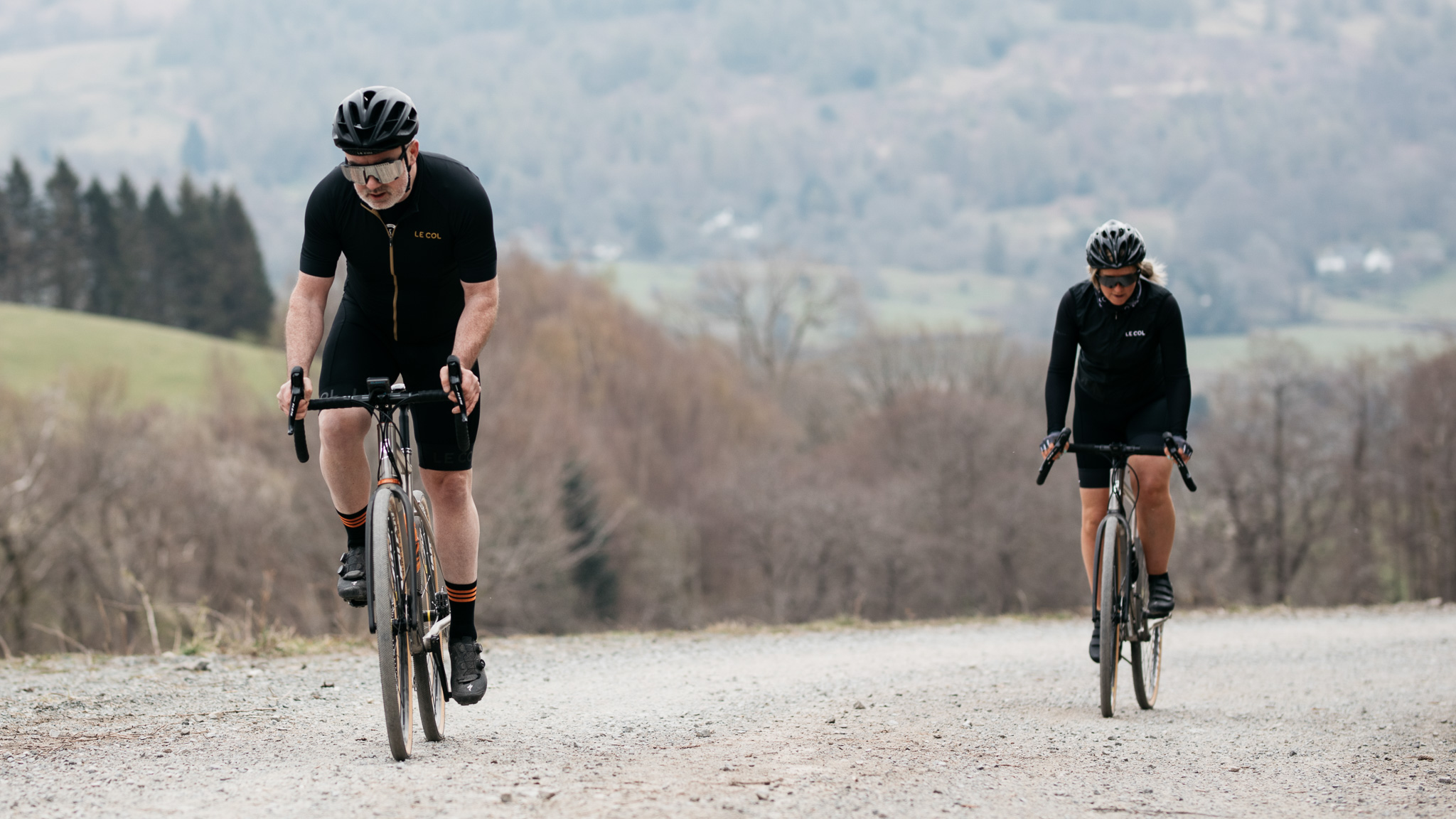
The best gravel bike helmets follow the same design principles as the best mountain bike helmets and of course, will protect your head in the event of a crash or nasty accident. With the surge in the popularity of gravel bike riding most bike and helmet manufacturers have looked at specific gravel helmet designs. Although most bike helmets can be suitable for gravel riding, the subtle design features in the helmets featured here can make all the difference to your gravel riding.
Gravel bike adventures can include everything from high-speed road riding to slow off-road techie climbs, and that means you need a helmet that works in nearly all cycling environments. Our best overall pick is the Kask Elemento which is a great example of a helmet that delivers everything you need in a gravel helmet, with excellent protection, lightweight construction and good airflow.
Below we've rounded up the best options currently available and at the bottom, we have answered questions on how to choose and what to consider when selecting the best gravel bike helmet.
Best gravel bike helmets
Why trust BikePerfect
Quick list

Best overall
The Elemento may carry a premium price tag but it's a proven World Championship-winning helmet, a brilliant all-rounder and loaded with safety tech, ventilation, and looks.
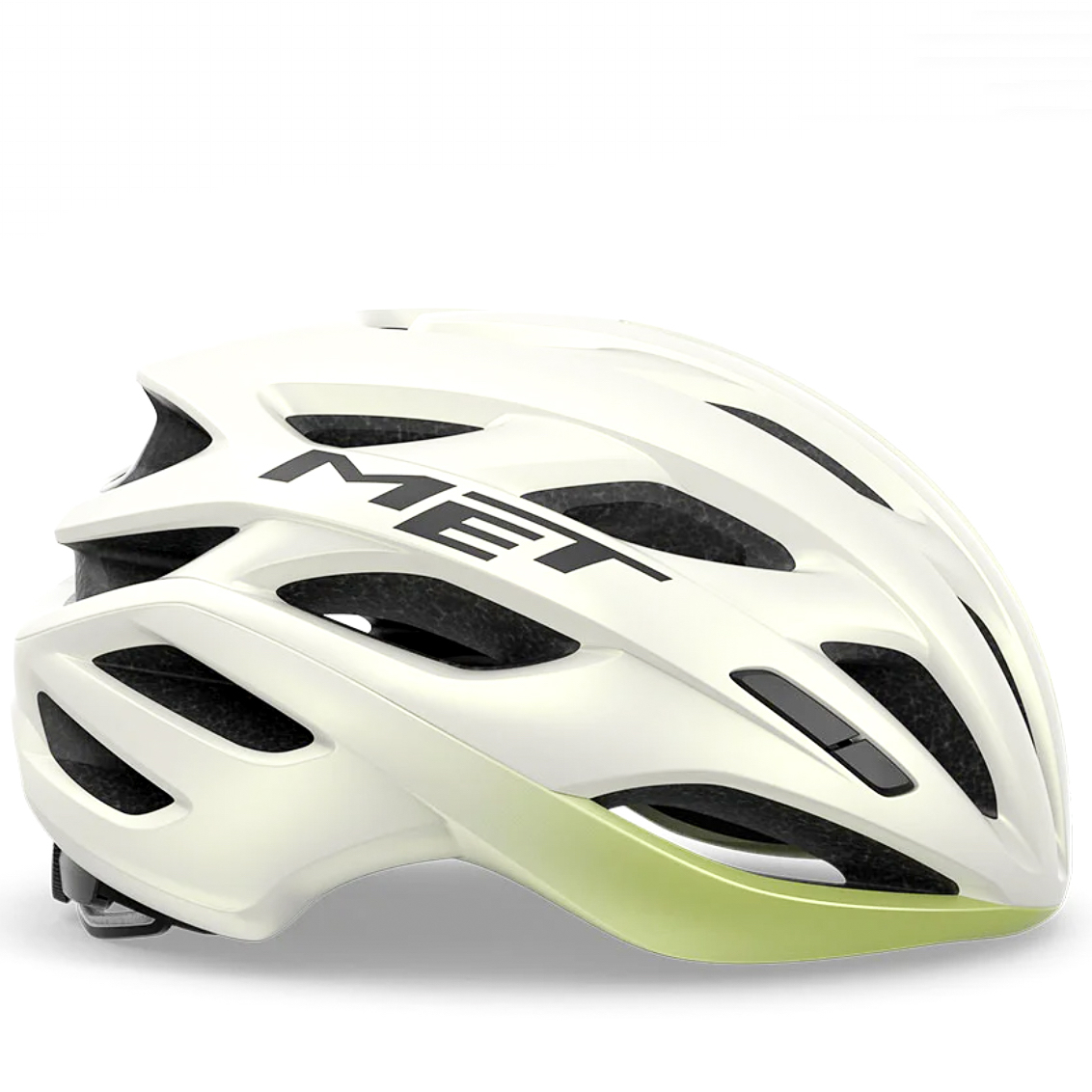
Best value
Loaded with brilliant safety features mostly found in more costly helmets the Estro is a great value option when it comes to price vs features.
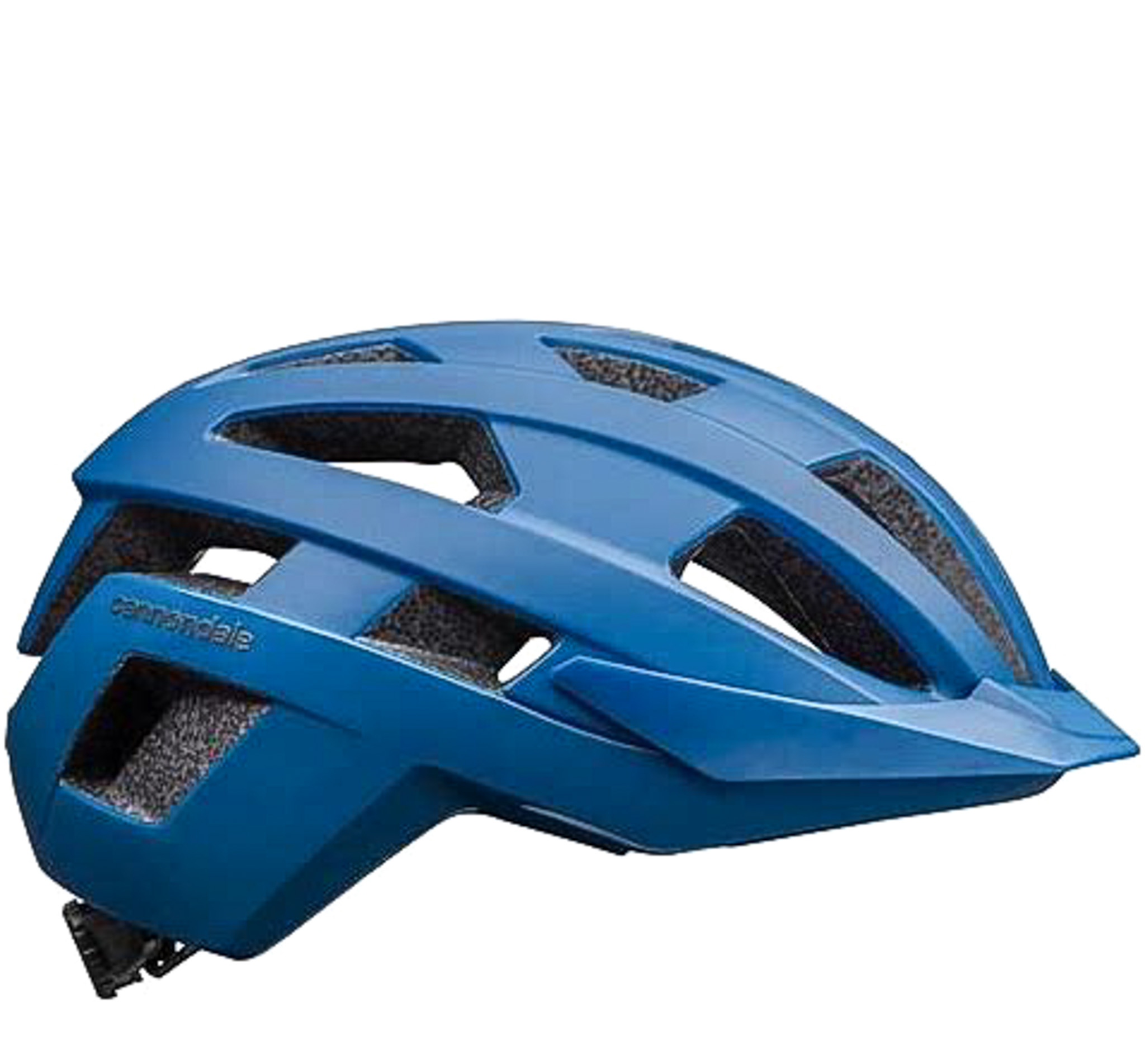
Best entry-level
The Cannondale Junction is an ideal entry-level helmet for those diving into the gravel scene for the first time and has a great price point.

Best for safety
The POC Ventral Air MIPS is one of the best-specced gravel helmets for safety features. It's designed to deliver a gravel helmet giving low weight and crash protection.
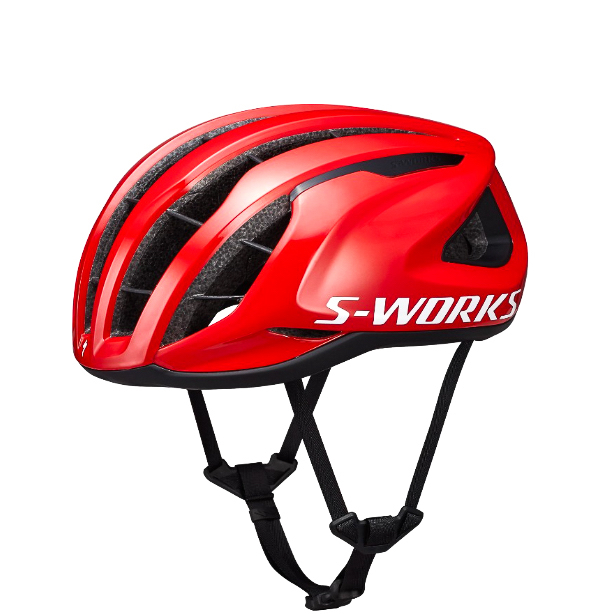
Best for ventilation
The Specialized says the S-Works Prevail 3 is the most ventilated helmet it has ever made, and is a helmet that should deliver the ultimate cooling performance.
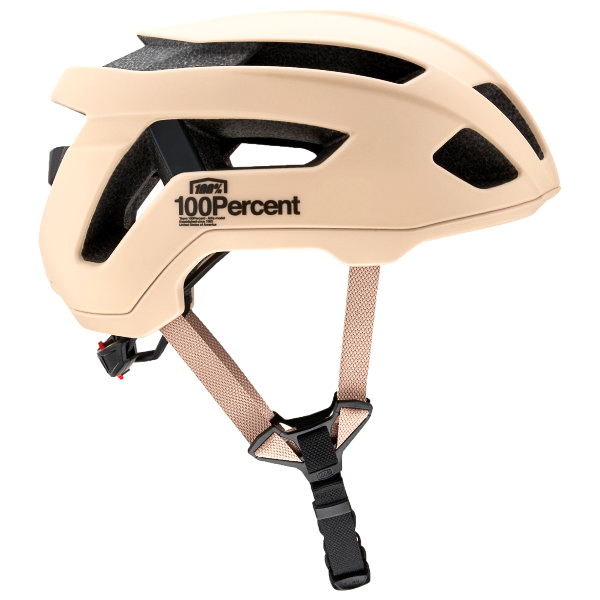
Best for fit
The 100% Altis Gravel helmet uses a simple fastening system and makes it easy to adjust. It also uses the brand's own Smartshock Protection System.
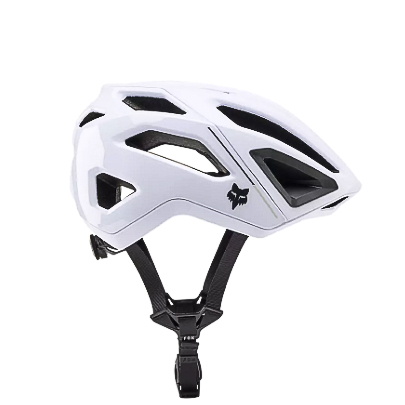
Best all-rounder
The Crossframe Pro from Fox has unusual looks, but is a helmet that is at home on gravel as it is on MTB rides.
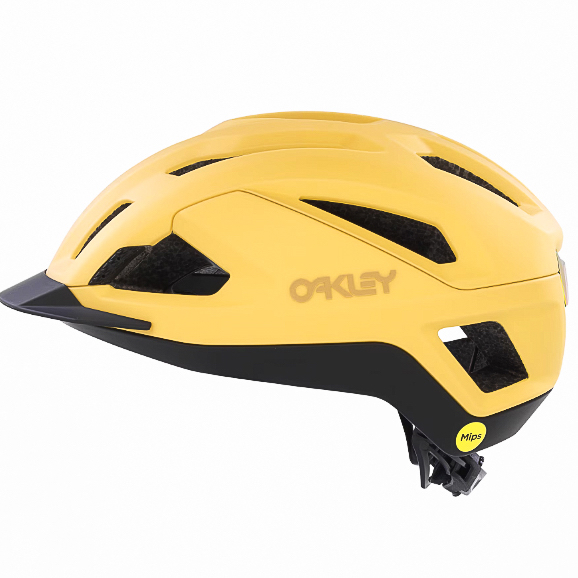
Best for style
Oakley has nailed the gravel vibe with the ARO3 Allroad design. It has a cool look that's backed up with appealing performance features.
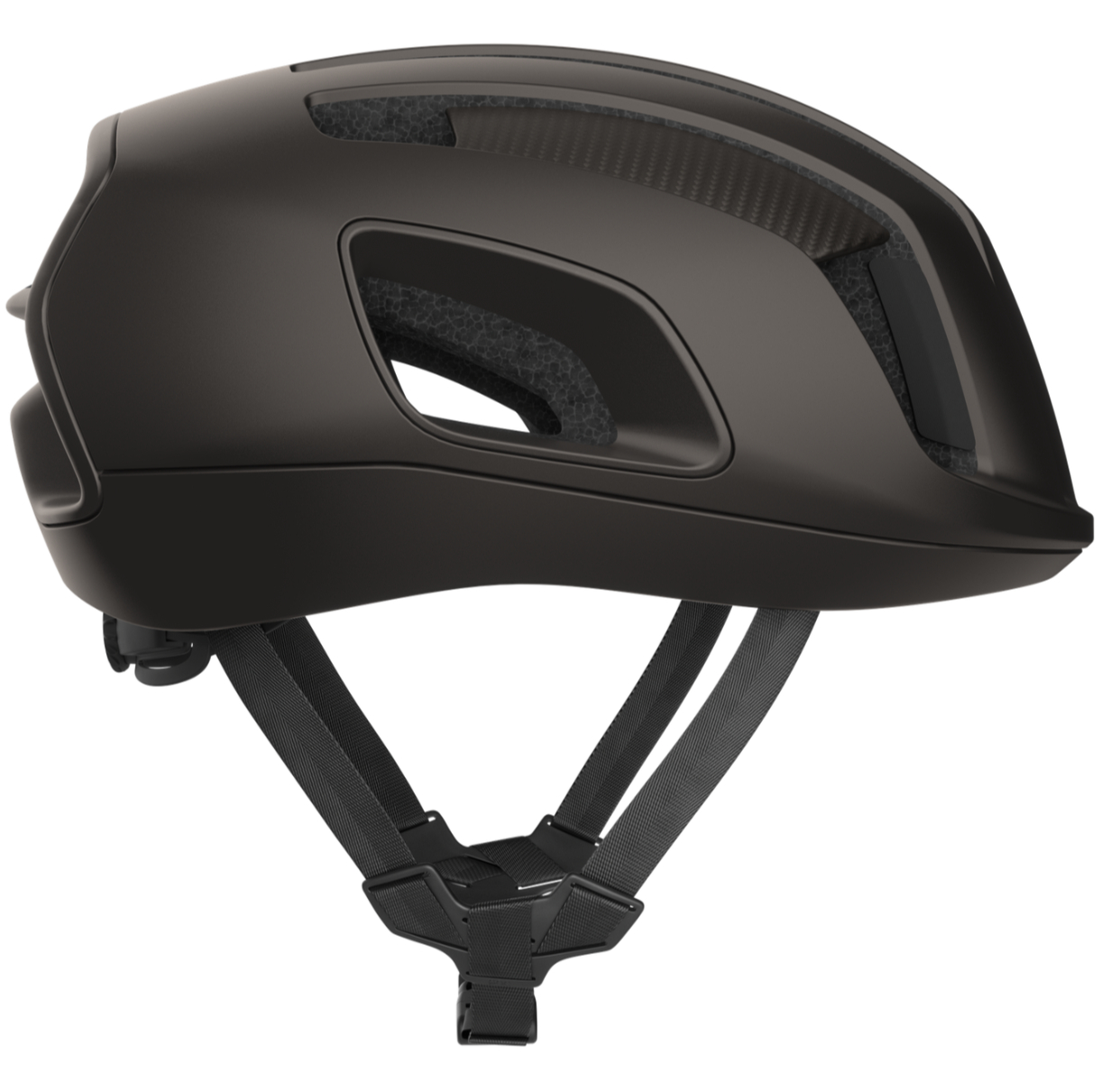
Best for gravel racing
The Cytal Carbon from POC is a lightweight and well-vented helmet that has been raced at the highest level.
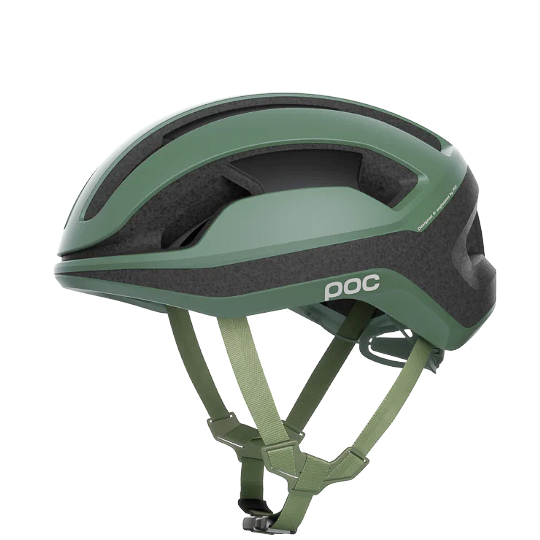
Best for gravel racing
The POC Omne Lite is ready for gravel bike racing, its stripped-back design makes it lightweight and has good levels of protection.
1. Best overall
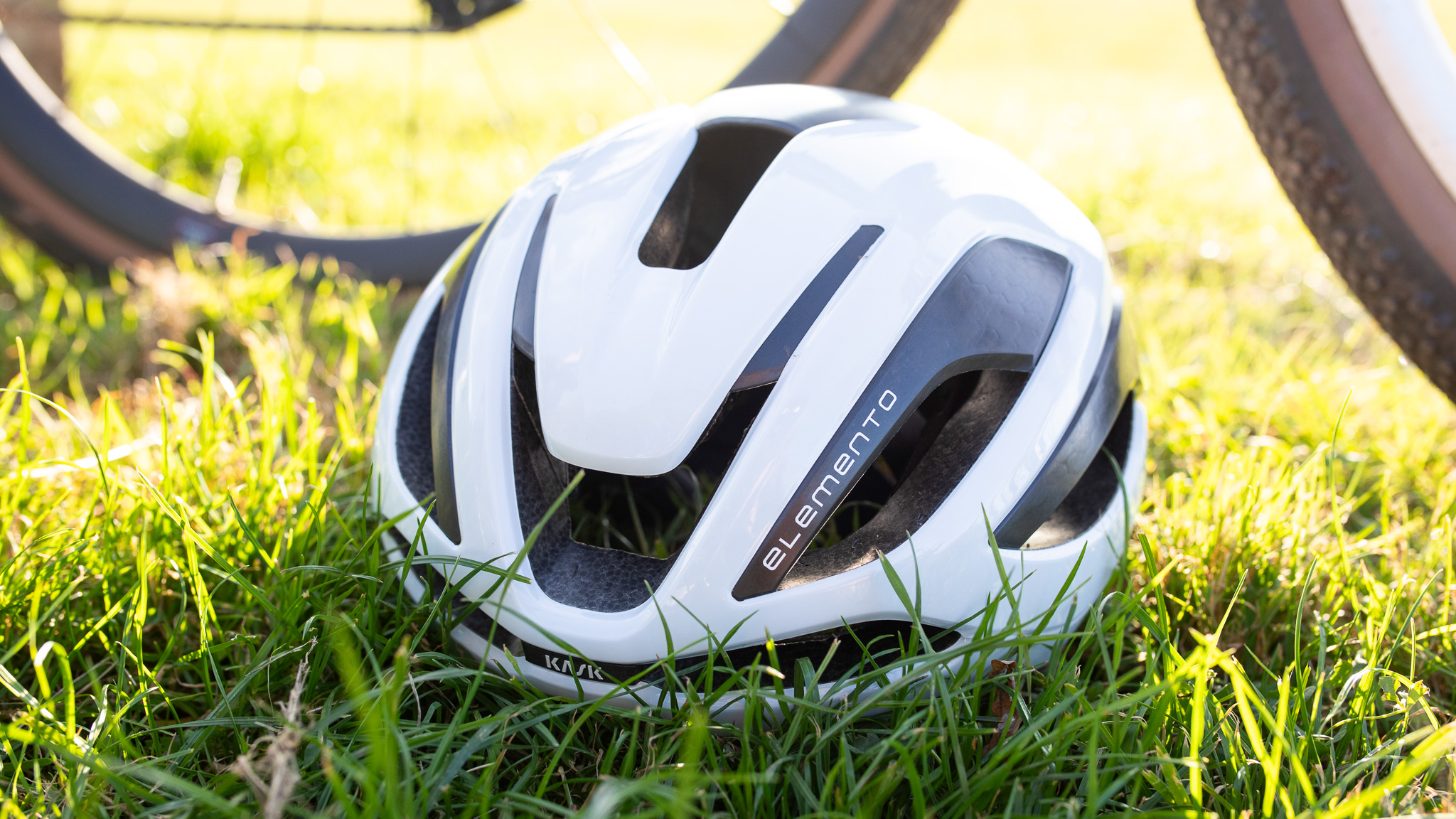
Specifications
Reasons to buy
Reasons to avoid
The Kask Elemento has a race-winning pedigree, worn by Pauline Ferrand-Prévot as she added to her World Championship title haul last year in Scotland. It's the Italian brand's top-of-the-range helmet and comes with a price to match its cutting-edge technology. Although the pricing will be too hefty for some, its long list of impressive features means it takes the title of best gravel helmet overall. The Elemento is my go-to helmet and one I recommend not just for gravel bike riding, but also for XC mountain biking, cyclocross and road use.
Safety features are built around the 3D-printed Multipod internal padding. This is Kask's answer to a MIPS system, developed using their own Rotational Impact WG11 Testing, which means the Elemento has gained a five-star rating from Virginia Tech’s Helmet Lab.
The Elemento is constructed using a composite technopolymer called Fluid Carbon 12 which is said to be more resistant to stress than standard plastics. Kask also adds that the Fluid Carbon 12 outer shell is capable of absorbing more impact energy and will distribute that force evenly across the helmet. This also allows an increase in the internal channels which gives the Elemento plenty of cooling ventilation.
Read our full review of the Kask Elemento to find out more.
2. Best value

Specifications
Reasons to buy
Reasons to avoid
For a helmet that sits in the middle of its range, the MET Estro MIPS represents superb value. Our tester Matthew Hawkins said the Estro was "a solid choice for a helmet suitable for both gravel and road riding." MET has designed the Estro MIPS to be a safe and comfortable option and is one of the most competitively priced helmets around when compared to similar helmets from other manufacturers.
The Estro is constructed from EPS which is designed to absorb impact forces and is backed up with the MIPS safety system, making it a top-specced helmet for head protection. Ventilation is also excellent and Matt noted that the 26 vents and ‘Internal engineered air channeling’ kept his head cool, even when wearing a cap and grinding up some steep climbs.
Elsewhere the Estro has some other winning performance details like the sunglasses port that holds sunglasses securely when not in use – a fairly important feature that can be lacking in some of the other helmets in this guide. Another cool addition is the (sold separately) magnetic, USB rechargeable rear light which attaches to the back of the helmet. The light has a battery life of around six hours and various modes including an Automatic Night Safe mode.
Check out Matt's full review of the MET Eros MIPS helmet to find out more.
3. Best entry-level
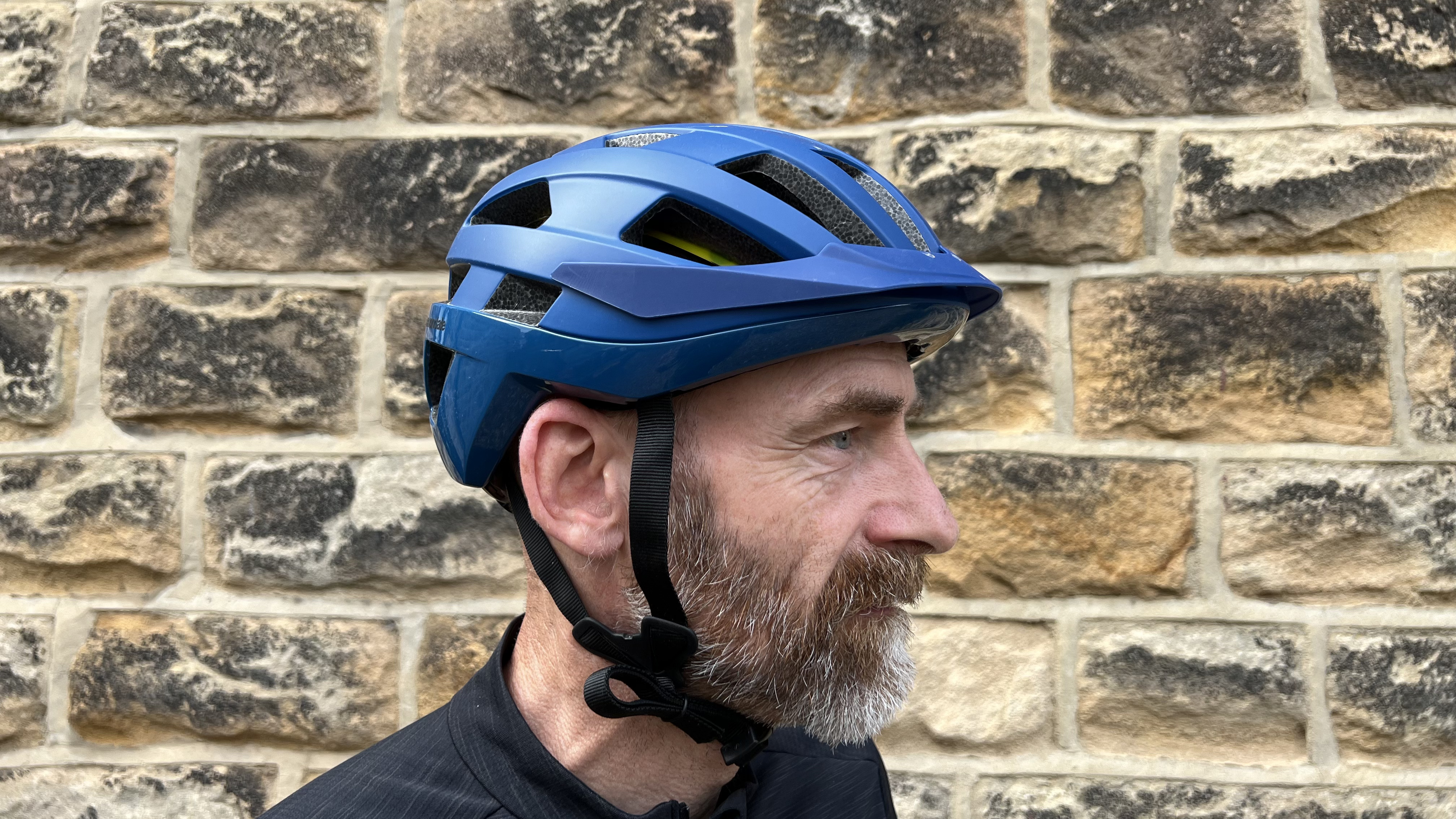
Specifications
Reasons to buy
Reasons to avoid
The Cannondale Junction is part of the US brand's range of affordable MIPS-equipped helmets, and for anyone looking for a nicely specced helmet for gravel bike riding then it's well worthy of consideration.
Despite being a budget helmet, Cannondale has managed to cram a lot into the Junction. You're getting a decent ventilation system, a well-considered strap setup, and plenty of depth to offer extra coverage when mountain biking. The biggest selling point for the Junction is that Cannondale has specced an MIPS liner to add extra protection from rotational forces which can cause concussion.
On review, our tester, Guy Kesteven, was full of praise for the Junction and said, "The biggest recommendation for the Junction is the fact I’ve ended up using it a lot more than I needed to for testing." and also added, "Cannondale have certainly done a great job of launching themselves towards the top of the best gravel bike helmet rankings with the Junction."
Read Guy's full review of the Cannondale Junction.
4. Best for safety

Specifications
Reasons to buy
Reasons to avoid
The Ventral Air MIPS is the most ventilated version of POC's Ventral range. POC has achieved this by adding additional vents and speccing a minimalist MIPS Integra system that uses lightweight silicone pads to integrate rotational safety features into the helmet.
Large front vents, extensive channeling, and additional venting around the sides and top ensure heat build-up is minimal no matter how fast you're riding. Unlike the traditional MIPS system, the Ventral uses an MIPS Integra system which incorporates slip-plane technology into the helmet padding and stops it from impeding the internal ventilation channels.
POC's shape makes the Ventral Air MIPS extremely comfortable and the 360-degree retention system and adjustable strap guides ensure a very secure fit. There is also a wide-fit version if the standard shape is too narrow. The detailing and finish are flawless and details like the eye garage ensure your sunglasses can be securely stored in the front vents.
BikePerfect's Senior Tech Writer, Graham Cottingham, awarded full marks when he reviewed the POC Ventral Air MIPS.
5. Best for ventilation
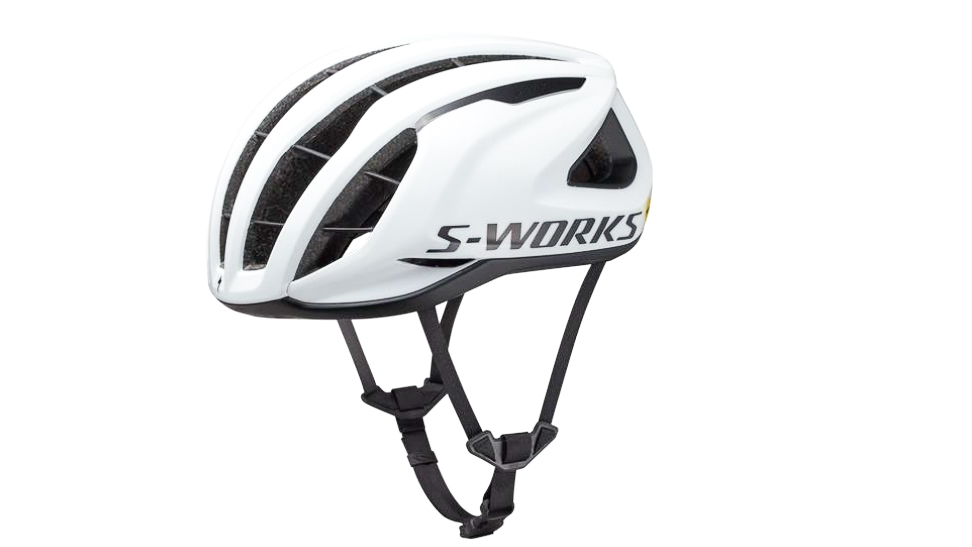
Specialized S-Works Prevail 3
Specifications
Reasons to buy
Reasons to avoid
Specialized says the Prevail 3 is the most ventilated helmet it has ever made and makes it suitable for the hottest days of gravel bike racing or long adventure days in the saddle. The US giants say with the Prevail 3 that they eliminated air-blocking foam “bridges” and created thru-air channels that increased ventilation by 24 percent when compared to the previous S-Works Prevail II Vent helmet.
Gravel racing and the best gravel bike adventures can see riders out in the wilderness often alone and isolated and safety features on the Prevail 3 include Specialized’s ANGi sensor, which has you covered should the worst occur and means the Prevail 3 can trigger a signal to selected emergency contacts if you crash. It also has MIPS Node Air technology integrated directly into the helmet padding.
The sides have small ports near the edge of the helmet, and where the Air-Cage is bound, it’s covered with polycarbonate which also gives it an aerodynamic styling vibe.
6. Best for fit
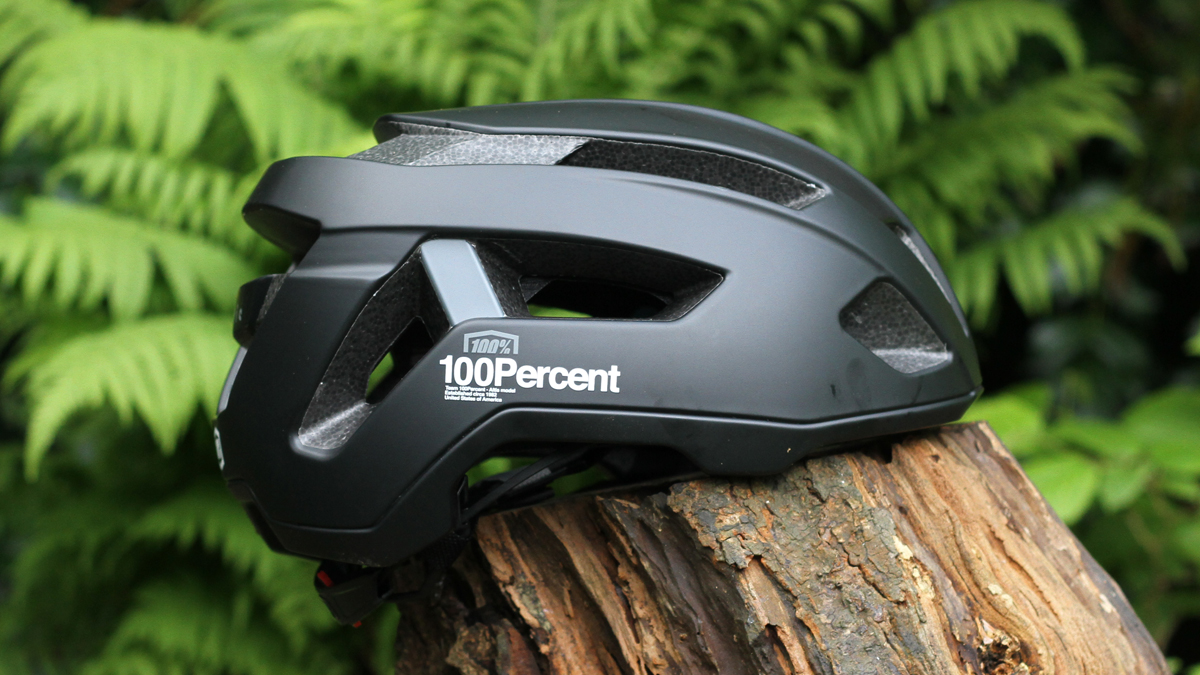
Specifications
Reasons to buy
Reasons to avoid
Renowned for its mountain bike gear, its no surprise 100%'s gravel bike helmet shares similarities with 100% Altis mountain bike helmet. The Altis Gravel has an intuitive fit adjust system, 14 ventilation ports, and 100%'s own Smartshock Rotational Protective System.
100% uses a proprietary Smart Shock Rotational Protective System uses a series of elastomers between the helmet’s inner shell and fit retention system to absorb compressive forces in a crash. They also have 360 degrees of sideways movement, adding yet another dimension of energy dissipation in the event of a crash.
The combination of Smart Shock Rotational Protective System, a deep fit, and smaller vents means the Altis isn't as cool as alternative helmets with larger vents. The 100% product team keeps retention simple by using a traditional ratchet system, proven to allow for easy on-the-fly fit tensioning.
If you're looking for a gravel helmet with added protection and a great fit, check out the full review of the 100% Altis gravel.
7. Best all-rounder
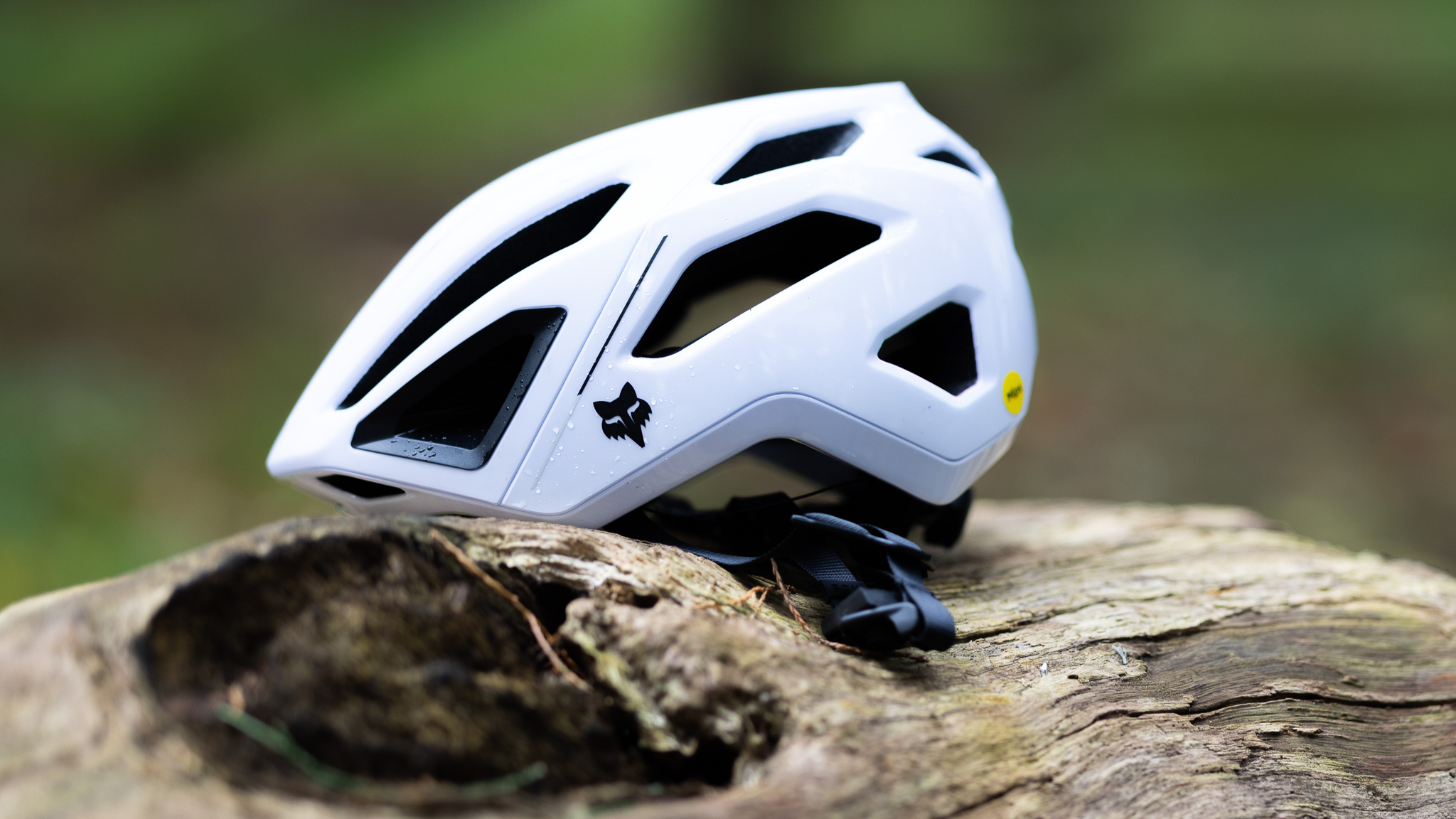
Fox Crossframe Pro
Specifications
Reasons to buy
Reasons to avoid
The Fox Crossframe Pro is a versatile helmet aimed at gravel bike riders but also is easily adaptable for use as one of the best mountain bike helmets. The Crossframe Pro features plenty of premium features like improved fit, breathability and safety technology including MIPS crash protection.
It has an unusual look that I loved and the visorless helmet has an aggressive curved peak-shaped design that gives it an eye-catching look. Fox say the design isn't just for looks, and has allowed for plenty of ventilation channels which gives it a noticeable cooling performance, and it delivered efficient cooling on some testing gravel bike climbs.
Another noteworthy feature that I liked was the rubberized TPU vent inserts that kept sunglasses firmly stored securely when not in use. They are significantly grippy compared to some other helmets.
Safety features are built around a MIPS protection system and there is also a dual-density Varizorb EPS foam for improved protection on high and low-speed impacts. A safe and secure fit is achieved with a Boa fit system and a Fidlock magnetic SNAP helmet buckle.
Read our first ride impressions of the Fox Crossframe Pro helmet for all the details.
8. Best for style
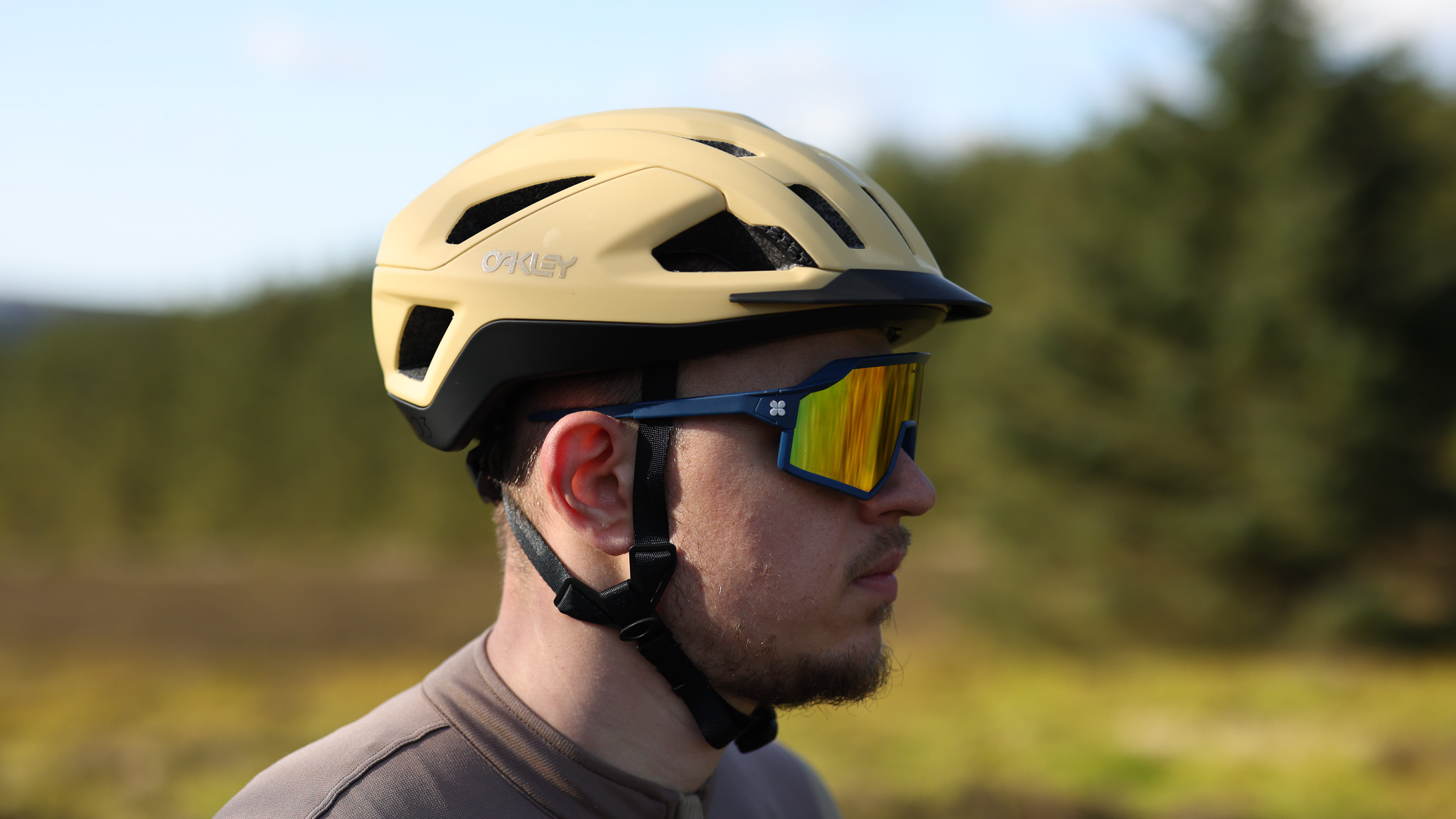
Oakley ARO3 Allroad
Specifications
Reasons to buy
Reasons to avoid
Oakley's ARO3 Allroad helmet has been designed in close collaboration with the gravel biking community, and it "meets the needs of those who create their routes, going off the beaten path in the quest for adventure". It certainly ticks all the boxes for style, and good looks and features on-trend gravel colorways with names like Matte Light Curry and Matte Ginger/Grenache.
However, its looks are backed up with plenty of performance and safety features including a 360-degree fit system with an adjustable dial to provide a more customized fit and works alongside the integrated MIPS system. The ARO3 Allroad also uses Oakley's Skull Matrix technology which enhances safety and comfort.
There is also a very small removable visor that Oakley claims will protect riders from sun and debris, but it remains to be seen whether it actually does anything or is just a looks-enhancing addition.
I'm currently testing the Oakley ARO3 Allroad helmet, and the full review will appear soon.
9. Best for gravel racing

Specifications
Reasons to buy
Reasons to avoid
The Cytal Carbon is POC's latest helmet, designed for racing its unique carbon wing is an integral part of the helmet’s structure and is designed to improve ventilation, aerodynamics, and structural integrity.
The Cytal Carbon's wing sits across the top of the helmet above the five large frontal intake vents. Five vents extend from the front to the rear and have been shaped to enhance the airflow through the helmet. Even when you are at your limit battling up a double-figure gradient, the Cytal Carbon still effectively feeds a cooling airflow across your head.
Unlike almost every premium helmet, POC has opted not to fit an MIPS or alternative rotational reducing system. Instead targeted EPS sections and the carbon wing, which has a Koridion foam core, are used to dissipate impact forces. The lack of MIPS could be a deal breaker for some riders however the Cytal Carbon still achieves a five-star rating from Virginia Tech’s independent testing.
Evenlyt cinched in with a micro-adjust dial, the fit is superb and when combined with the low weight keeps the Cytal Carbon's very stable when rattling down gravel trails so you can stay focused on what's ahead.
Read the full review of the POC Cytal Carbon helmet for further information.
10. Best lightweight

Specifications
Reasons to buy
Reasons to avoid
The POC Omne Lite is a stripped-down version of its popular Omne helmet. On review, Graham Cottingham said, "The low weight and secure fit means the POC Omne Lite becomes unnoticeable when you are riding in it. I wore it for all manner of rides from high-intensity training rides to 200km of gravel racing at the Dirty Reiver and everything in between with zero issues with comfort or security."
The only real downside on the Omne Lite is a lack of a MIPS system and "that might be a deal breaker for some.'' It does come with a lightweight EPS liner that is claimed to give optimized protection, which also adds to the overall lightness of the helmet.
Graham also noted that the Omne Lite looks great and comes in a huge selection of classic POC colorways.
Read his full review on the POC Omne Lite for all the information.
How to choose the best gravel helmet
Although just about any open-face bike helmet is suitable for gravel riding, I've listed a few points worth considering when picking your next helmet.
1. Safety features
It's a 'no-brainer' to have your head protected by investing in the best gravel helmet you can afford. Helmet manufacturers are constantly developing their technology to ensure not just gravel-specific helmets, but all cycling helmets are always improving.
MIPS is the gold standard of protection and is commonplace at most price points. Designed to offer rotational force protection in the event of a crash and absorb more energy, we certainly recommend checking out the best MIPS helmets when considering your choice. Many brands have adopted their takes on MIPS with helmets like the Kask Elemento using a 3D-printed Multipod internal padding and 100% Altis Gravel with its Shock Rotational Protective System.
2. Ventilation
Keeping cool and comfortable is another consideration when weighing up your options when buying a helmet. Most of the best bike brands and helmet manufacturers will have ventilation as a big selling and marketing point when launching a new helmet.
There is nothing worse than sweat dripping down your face, into your eyes and fogging up your sunglasses, so efficient cooling is crucial to try and avoid this. Specialized, for example, says its S-Works Prevail 3 is "the most ventilated helmet they have ever made" and the Fox Crossframe Pro was a helmet that delivered exceptional cooling on test, designed with plenty of ventilation channels.
It's hard to tell how a helmet will perform and to get through the marketing blurb, without actually riding in it, and we have highlighted the best gravel helmets that we think deliver good ventilation. It's also worth reading our in-depth best mountain bike helmets feature, as many of those helmets will be easily adaptable for gravel riding.
3. Weight
A lightweight helmet goes hand in hand with a well-ventilated option, and of course, a helmet that feels feathery on your head is ideal and helps with reducing sweat and overheating. We have added all the weights of each helmet in the guide to help you choose.
The POC Omne Lite is the lightest helmet here at just 233g in a Medium, but it lacks the extra protection of MIPs, so it's really down to individual preference when it comes to weighing up the overall package in a helmet and what features are important to you.
4. Fastening system and size
There are a few different variants regarding the fastening system on a helmet. We liked the 100% Altis Gravel helmet with an easy on-the-fly fit system. Other helmets have a Boa dial for adjustment or similar dial versions. The Fox Crossframe Pro delivers a safe and secure fit with a Boa fit system and a Fidlock magnetic SNAP helmet buckle, and again buckles are all fairly similar in general. Mostly it's down to your own preference, what feels good on your head, and of course the price.
Sizing can vary dramatically from brand to brand, and checking the measurements on head circumference is recommended. The Oakley ARO3 Allroad, for example, is smaller for me in a Large when compared to the Kask Elemento, so worth remembering if you're ordering online.
5. Cost
In my opinion, cost is subjective. A helmet will save your life should the worst happen and you have a nasty crash. I've experienced a severe head impact crash and I will be forever grateful to the Kask Protone that sacrificed itself to save me from a severe head injury. I've often wondered if a lesser helmet would have delivered the same protection, but it's not something I'd like to test.
Our advice would be to check out all the features of the helmets you are considering, and how they compare for value. We thought the MET Estro MIPS represented tremendous value for the features, but if you're after one, check out the live best deal prices at the bottom of this article. There are usually discounts to be had – especially around Amazon Prime Days and other sales periods like Cyber Monday and the January sales.
FAQs
Can I use my mountain bike or road bike helmet for gravel?
In short, absolutely. That's not to say investing in the best gravel bike helmet isn't a worthwhile consideration. Even the lightest of the best half-shell mountain bike helmets still prioritize extra coverage and protection and the compromise of ventilation. On the flipside, road helmets offer great ventilation but lack the deep coverage of a mountain bike helmet.
Gravel helmets fall in the middle to try and offer a middle ground in lightweight, well-ventilated performance with a little extra coverage to deals with the more unpredictable nature of riding off-road.
Why is MIPS important?
MIPS has been a revolutionary innovation in mountain bike helmet safety – and has migrated to road and gravel riding.
What is MIPS in helmets? The concept is simple: you rarely crash directly on top of your head – unless it is an extraordinary over the bars crash.
Most crashes involve riders detaching from the bike in a side-off motion. And impacting terrain at an awkward angle, creating a sharp angular force on the helmet. This twisting motion of the helmet clashing with terrain, can jerk the brain – and cause soft tissue damage.
Having a slip-plane liner inside the helmet helps absorb some of this unexpected and rapid helmet movement when impacting terrain. Although MIPS is the most common system that is used, some helmet brands offer their own alternatives.
The takeaway logic is this: nobody knows they need a directional impact absorption system until they are sitting on the deck, dazed and confused, after a crash.
Visor or no visor?
Mountain bike helmets usually feature a visor, which is one of the most obvious distinguishing features when comparing an off-road helmet to a road helmet. The visor adds a little extra protection from the sun, weather, tree branches and, in less than ideal scenarios, the ground.
Road helmets forego visors as it helps drop weight and improve aerodynamics and ventilation. If road riders do need a little extra protection from the elements they will opt for a cloth cap instead.
Whether you want a peak will depend somewhat on the speed and protection you seek, but in reality, it's more likely to be decided by the aesthetic of the helmet. There are no rules but we generally opt for a peakless helmet when wearing lycra and a visor if we are in baggier clothing.
How we test
Our expert reviewers have put the best gravel bike helmets through their paces on various surfaces, from the roughest gravel trails to tarmac roads and everything in between. We've tested our selections over many hours of hard riding to test them out for all the most important requirements including safety, ventilation and comfort to bring you the best advice when choosing a gravel helmet.
Meet the testers
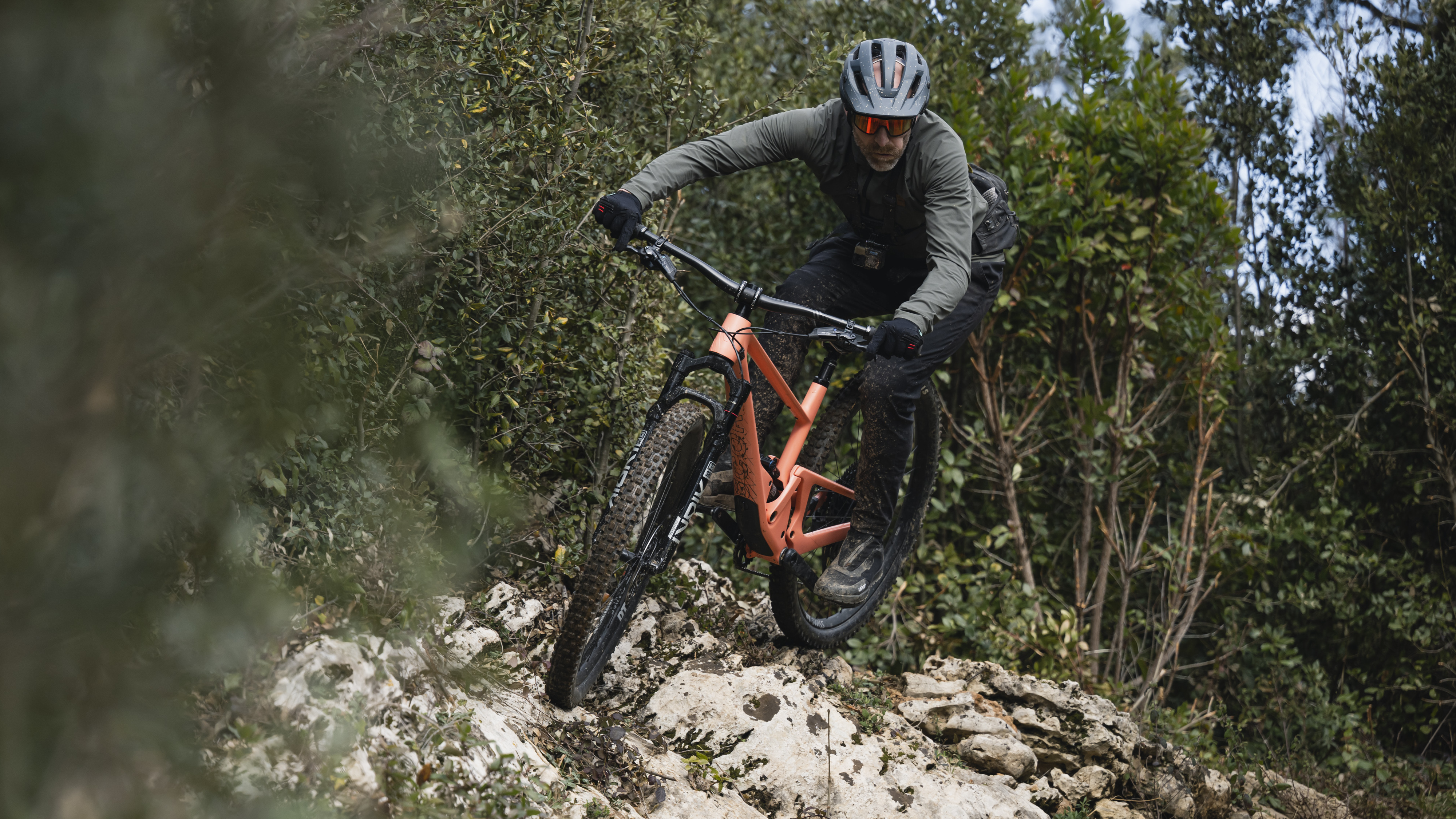
Guy has been testing cycling gear for over 20 years and has thrown his leg over thousands of bikes and tested plenty of helmets. He therefore knows what to look out for when it comes to the selection of a gravel-ready lid.

Graham is about riding bikes off-road and has ridden and raced many of the best gravel events, like the Rapha Pennine Rally, the Dirty Reiver and FNLD GRVL. As Bike Perfect's Senior reviews writer, he has also tested a load of the best gravel bikes, kits and helmets around.
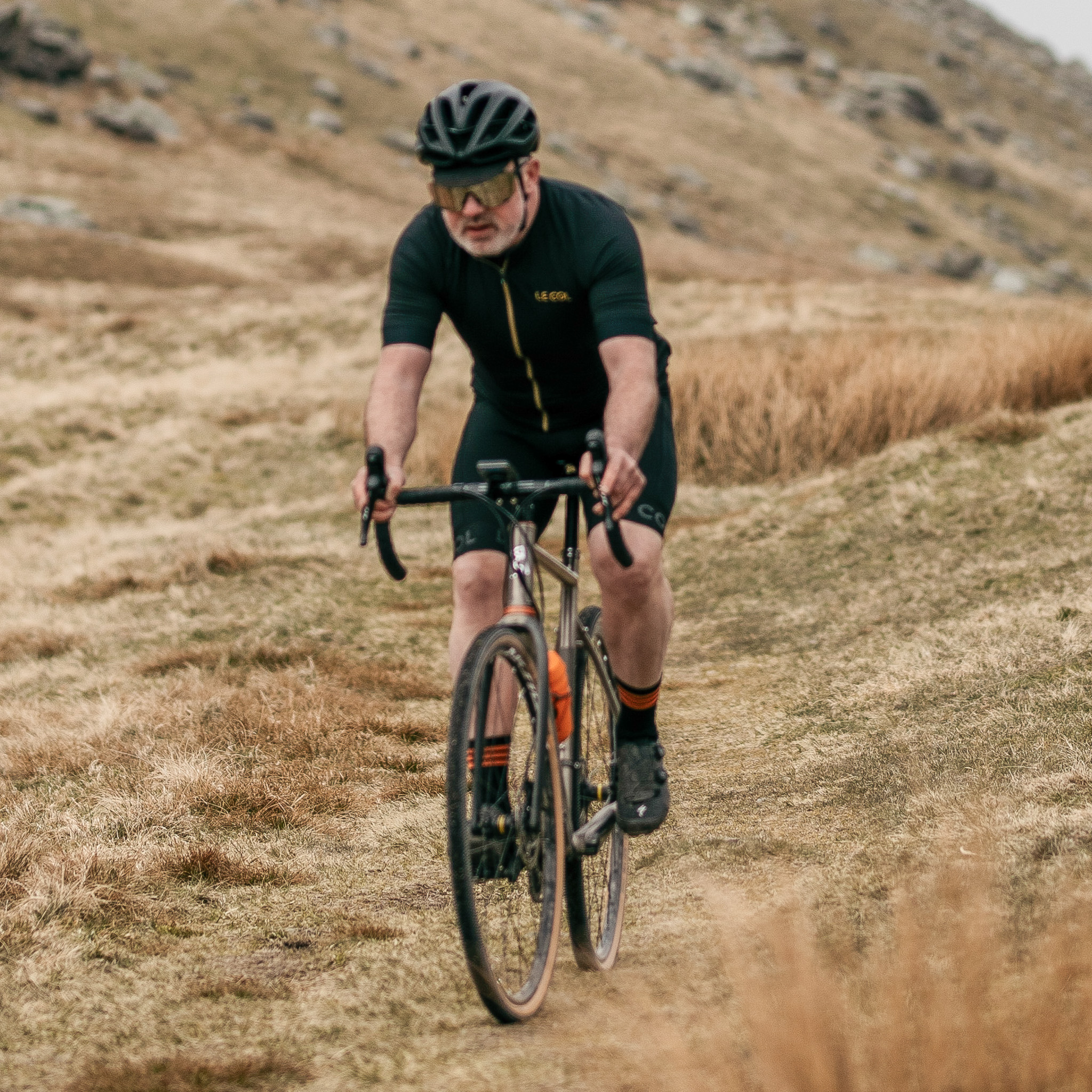
Paul has an obsession for gravel riding and as an outdoor enthusiast, the spirit of gravel riding bit him straight away. Based just outside Edinburgh he has some of the best gravel riding in Scotland on his doorstep.

James, aka Jimmer, is a two-wheeled fanatic who spent 20 years working on MBUK. Over that time he got to ride some amazing places, ride with the world's top pros and of course, test a lot of bikes and kit.

James has over 35 years’ riding experience, getting involved with the burgeoning mountain bike scene in the late eighties, and hasn’t stopped riding since.
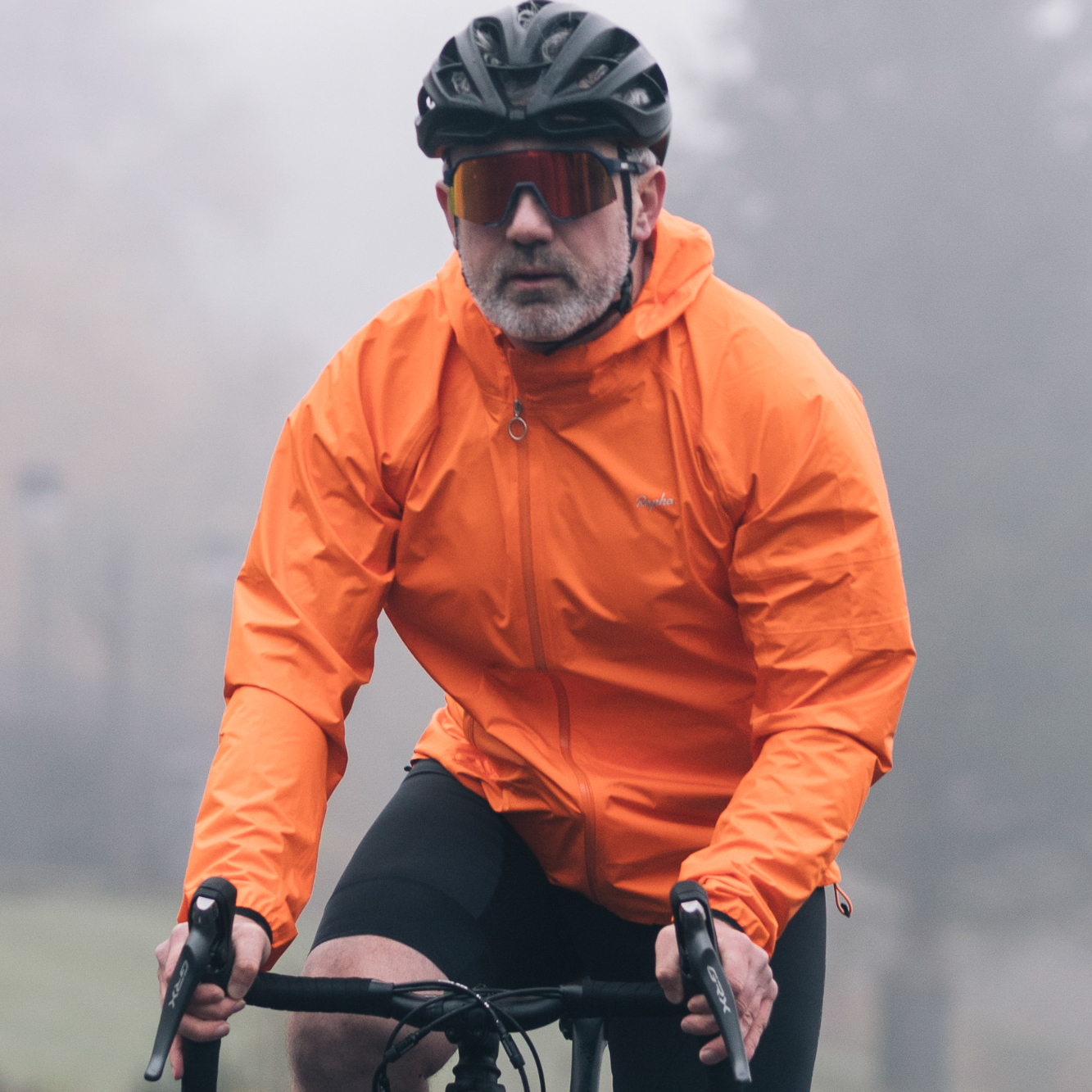
Paul Brett joined BikePerfect as a staff writer in 2022. He has been an avid cyclist for as long as he can remember, initially catching the mountain biking bug in the 1990s, and he raced mountain bikes for over a decade before injury cut short a glittering career. An award-winning photographer, when not riding a bike, he can be found at the side of a cyclocross track or a downhill mountain bike world championship shooting the action. Paul was the founder, editor and writer of Proper Cycling magazine, and he's traveled the world interviewing some of the biggest names in mountain biking and writing about some of the biggest cycling brands.
Current rides: Canyon Inflite, Specialized Diverge, Marin Alpine Trail 2
- Lance BranquinhoFreelance writer
